Why a Balanced Diet Matters
A balanced diet matters because it helps you look and feel your best. It provides you with more energy, a well-rounded nutrition foundation, better health outcomes, satisfaction from your food, and more. Today I’m breaking it down and explaining WHY!
A balanced diet… it isn’t sexy, but it works!
I swear that could be my catchphrase for my nutrition philosophy and counseling practice because I talk about balance all day every day.
But there’s a reason… a balanced diet matters and really does work!
In my years as a registered dietitian I’ve learned that balance is the most sustainable approach to feel and look your best for the long haul.
Your health is not about quick fixes and fad diets. It’s about enjoying a warm, gooey slice of banana bread just as much as a delicious salad. And figuring out how YOU can make both work, while feeling your best.
Science proves that restriction doesn’t work long-term. You only have so much willpower you can tap into. You can only resist carbs so much. You can only say “no thank you” to your favorite foods for so long.
Eventually, you’ll say what the hell, and dive fork-first into your favorite foods.
We also inherently know that too much of a good thing isn’t a good thing at all. You won’t feel your best if you only eat more indulgent fun foods. Eventually your body will crave some form of veggies.
So what we need to strive for is that seven letter word: BALANCE.
A balanced diet matters helps you feel good and look good!
My Nutrition Training Program students are proof that adopting a more balanced diet and lifestyle is the key to breaking up with diets and finally feeling confident in their food choices.
Let me tell you about Kari…
Kari was eating a pretty healthy diet when she first started working with me. She had some knowledge of nutrition, and naturally gravitated towards vegetables, lean proteins, and fruit, but not a lot of other carbohydrates.
Kari also had an inconsolable sweet tooth every night after dinner… she couldn’t get enough chocolate.
Kari and I began working together when Kari was 8 months postpartum because she wanted to (finally) feel better in her clothes. Kari had actually nearly returned to her pre-pregnancy weight… but she didn’t feel like it!
Instead of relying on fad diets and quick fixes like she did in the past, Kari wanted to learn a solid nutrition foundation so she would model good nutrition habits for her daughter.
After just 1 week of eating regularly balanced meals, when she was hungry, Kari’s nighty sweet tooth started to fade. She couldn’t believe that she actually didn’t want chocolate some nights and (gasp) felt like she “should eat it anyways” out of habit. Some nights she did, but began to notice that she didn’t enjoy it as much when she wasn’t really in the mood for it… So she saved her chocolate dessert for when she really wanted it.
The few evenings each week when Kari wanted chocolate, she ate it, enjoyed it more, and felt satisfied, knowing she could eat it whenever she wanted.
So what happened that kicked Kari’s sweet tooth to the curb?
Kari learned why a balanced diet matters, how a balanced diet helps you feel good, how to create well-balanced meals, and to listen to her body’s innate hunger cues.
Plus, we worked hard to take more indulgent foods off of their pedestal so they weren’t thought of as “bad” anymore.
Before working together, Kari went long stretches of time without eating anything. She was absolutely ravenous by dinner and wasn’t eating many starches or carbohydrates throughout the day, so her meals weren’t as satisfying. Then after dinner, her sweet tooth would kick in and she couldn’t get enough!
P.S. THIS is how to stop snacking after dinner!
By eating well-balanced meals, Kari was actually satisfied throughout the day. She was able to stay energized throughout the day, balance her blood sugar, keep her metabolism elevated, and feel and look her best.
What is a balanced diet?
When I refer to a balanced diet I’m referring to two different aspects of balance:
- A balanced plate at meals and snacks
- A balance of healthy and fun foods to stay satisfied
Let’s explore both of these concepts…
1. How Do You Build a Balanced Diet with Filling Meals?
To reap the benefits of a balanced diet, it’s important to build balanced meals *most* of the time. I like to say “more often than not…”
I teach my clients and Nutrition Training Program students about my PVCF method.
PVCF stands for Protein, Vegetables, Carbohydrates, and Fats.
Including all four of these components at mealtimes, you’ll be more satisfied.
Satisfaction is necessary to switch off your hunger signals and help you move on with your day… not searching for your next sugar fix (which sometimes only comes after dinner in the form of chocolate!).
The Health Benefits of Eating Balanced Meals
A balanced diet helps you feel good by:
- Boosting your ENERGY levels
- Keeping you FULL for HOURS
- Preventing RAVENOUS and UNCONTROLLABLE cravings
- Regulating your BLOOD SUGAR
- Promoting SATISFACTION from your meals
- Maintaining a HEALTHY WEIGHT
- Promoting overall good health
When you eat a combination of nutrients – protein, carbs, and fas – you’ll digest your food slower, avoiding blood sugar spikes and crashes. This provides for all-day energy, not the constant ups and downs.
What makes up a balanced meal?
Add PVCF to your plate AKA Protein, Veggies, Carbohydrates, and Fats
PROTEIN
Protein is the first stop to building a balanced diet. We need to eat protein with every meal and snack to promote satiety.
Protein is essential for:
- Building blocks in your body (like enzymes that help you digest your food)
- Forming lean muscle
- Structural support for your cells
- And more
Protein is digested slower than carbohydrates, but faster than fat. It actually helps slow down the digestion of carbohydrates too, which is why it’s an essential component of a balanced diet and meal.
Both animal and plant-based proteins are sufficient here, so take your pick!
>> What’s the best PROTEIN BAR? Find out here! <<
VEGETABLES
You know we need vegetables because they’re full of vitamins, minerals, phytochemicals, antioxidants, and more. The more colors you eat, the better!
Vegetables are also a form of WATER and FIBER, which helps fill you up and keep you full.
When creating a balanced meal, fill at least half of your plate with veggies – raw or cooked.
And there’s no “wrong” veggie – choose whatever looks good at the market to you and go crazy!
Try my 20-Minute Sheet Pan Shrimp Dinner!
CARBOHYDRATES
Now the carbs is usually where people get confused. Carbs are GREAT for you and a balanced diet. After all, they provide direct energy to your cells.
All carbohydrates breakdown to glucose, which is exactly what I’m referring to when I mention your “blood sugar.”
For optimal balance, you want to choose HIGH FIBER carbohydrates most of the time.
High fiber carbohydrates help:
- Slow digestion, keeping you full for an extended period of time
- Control your blood sugar, avoiding any spikes
- Reduce risk of chronic diseases like heart disease and diabetes
- Keep you regular in the bathroom
- And more!
With fiber being so great for you, where can you find it?
Some of the best sources of fiber are:
- Non-starchy vegetables
- Whole grains, like whole wheat bread or pasta, or farro, bulgur and other whole grains
- Starchy vegetables, like sweet potatoes, corn, and peas
- Fruit
If you’re used to avoiding starchy carbohydrates, like grains, try adding in some high fiber carbohydrates to your meals and see how you feel. You may notice your mood is brighter, your bathroom habits are more regular, and you have more energy throughout the day!
Aim to add a source of high fiber carbohydrates to most meals.
FATS
The final component of my PVCF combo is fats, and most importantly healthy fats. It’s so important for you to include some healthy fats in your diet.
Of all nutrients, you digest and absorb fats the slowest.
Healthy fats help you:
- Properly absorb some vitamins and minerals
- Stay full
- Produce essential hormones
- Feel energized
- And more!
Even though the [high fat] keto diet is all the rage right now, you don’t have to go crazy with fats. Aim for about 30% of your total energy (caloric) intake to come from fats. This includes the fats inherently in animal proteins, the oil you add to vegetables when roasting, and any added fats – like avocado, cheese, nuts and seeds.
Salmon Avocado Burgers from Thrive in 5
Let’s put it all together… How to Build a Filling Meal for a Balanced Diet
So now that you know the components you should include in a balanced diet and why a balanced diet helps you feel good, how do you put this all into ACTION?
Don’t overthink it… think of balanced meals like a formula.
It doesn’t matter what food you choose from each category, but just that you’re choosing something from each to create BALANCE!
I’ve made it easy for you… my Thrive in 5 ebook is perfect if you’re looking to eat a more balanced diet. It has **50** balanced recipes that are quick (we’re talking 5 ingredients and made in 20 minutes or less) and deliciously nutritious!
I even included several meal plans you can follow for even more guidance (with accompanying shopping lists)!
[Tweet “Did you know a balanced diet matters for your overall health and well-being?”]
So that’s the first part of the balance equation – how you can build balanced meals. But what about including fun foods too?
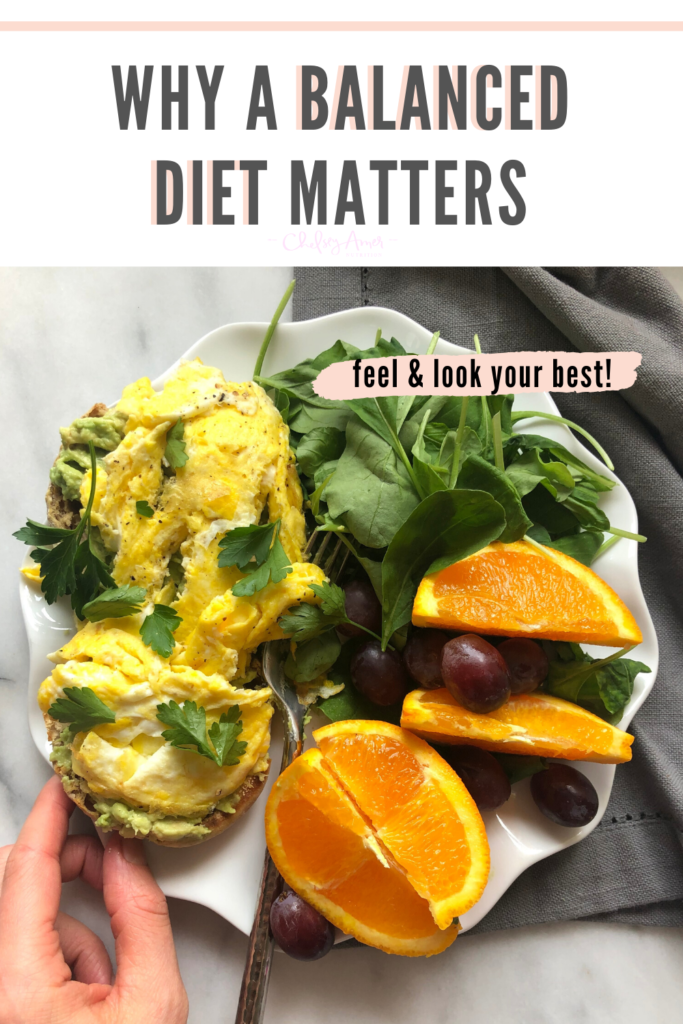
2. How to Balance Healthy and Fun Foods to Stay Satisfied
The second component of eating a balanced diet to feel good is including a mix of healthy AND fun foods to promote optimal satisfaction.
Can you imagine never eating some of your favorite foods again? I can’t!
To look and feel your best for the long haul, it’s essential to include your favorite foods in your diet. Whether that’s choosing white rice over brown rice or eating ice cream after dinner when you’re in the mood for it, by regularly eating your favorite foods you won’t “throw in the towel” when you finally give yourself permission to eat them!
It’s essential to balance fun foods and healthy foods to look and feel your best, and that’s exactly what I teach my students in the Nutrition Training Program!
There are no “good” or “bad” foods!
The first step to finding balance in eating your favorite fun foods is to give yourself permission to eat all foods – including those that are more indulgent.
By regularly eating fun foods you may no longer feel compelled to eat 10 cookies at once. One or two may be satisfying because you know you can always eat cookies again when the mood strikes.
At first, this may seem scary and you may eat 10+ cookies to feel satisfied, but over time you’ll become habituated to cookies knowing you can always have them. How cool is that?
Take it from my NTP students…
“I am really amazed how I am not obsessing about what and when to eat but able to follow cues and balance and feel more satisfied…
If I want a few pretzels, let’s say in the afternoon, I am going with that and I am satisfied. I am not grabbing a Yasso bar very night either out of habit but if I want it I will have it.”
“I just want to let you know how well I feel that I am eating balanced. I am finding I need less food often at meals but am full and satisfied.”
If you want step-by-step support to make balance, learn more about the Nutrition Training Program and join the waitlist so you’re notified when enrollment opens again!
Questions about finding balance in your life? Let me know!
XO


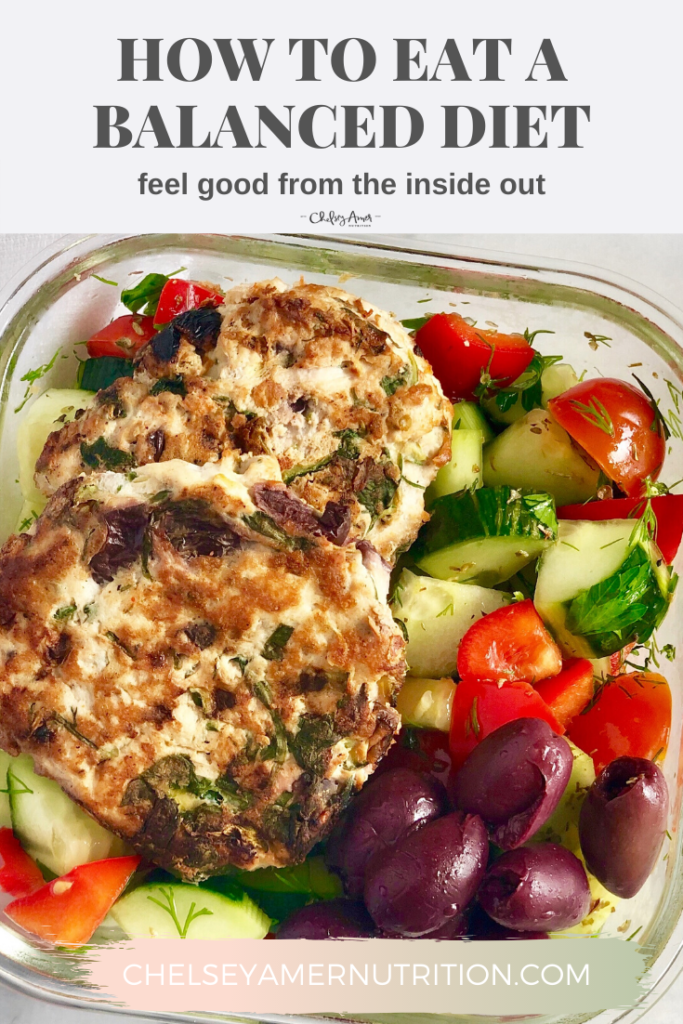

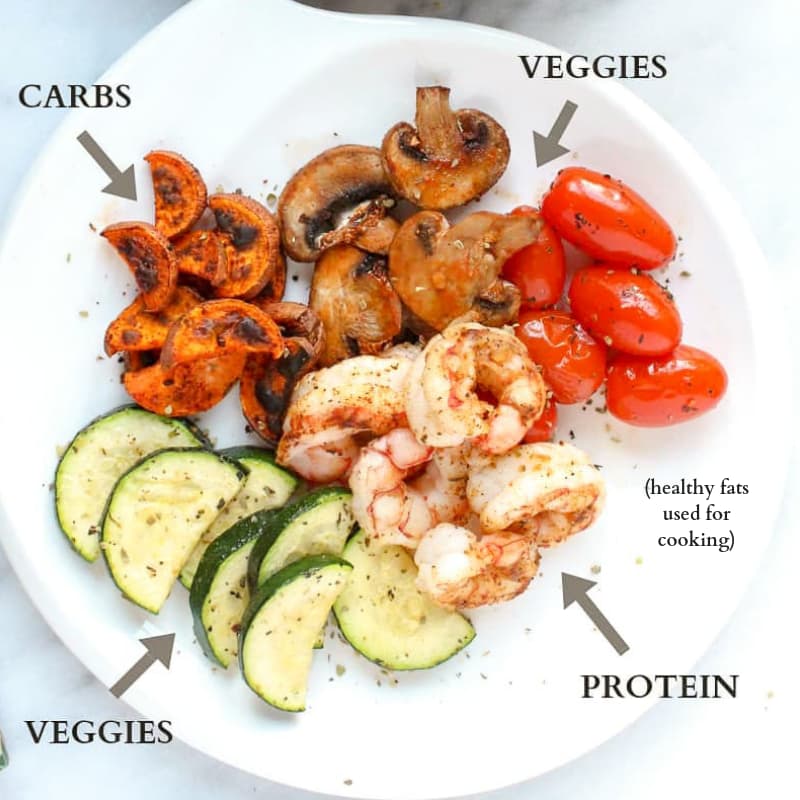
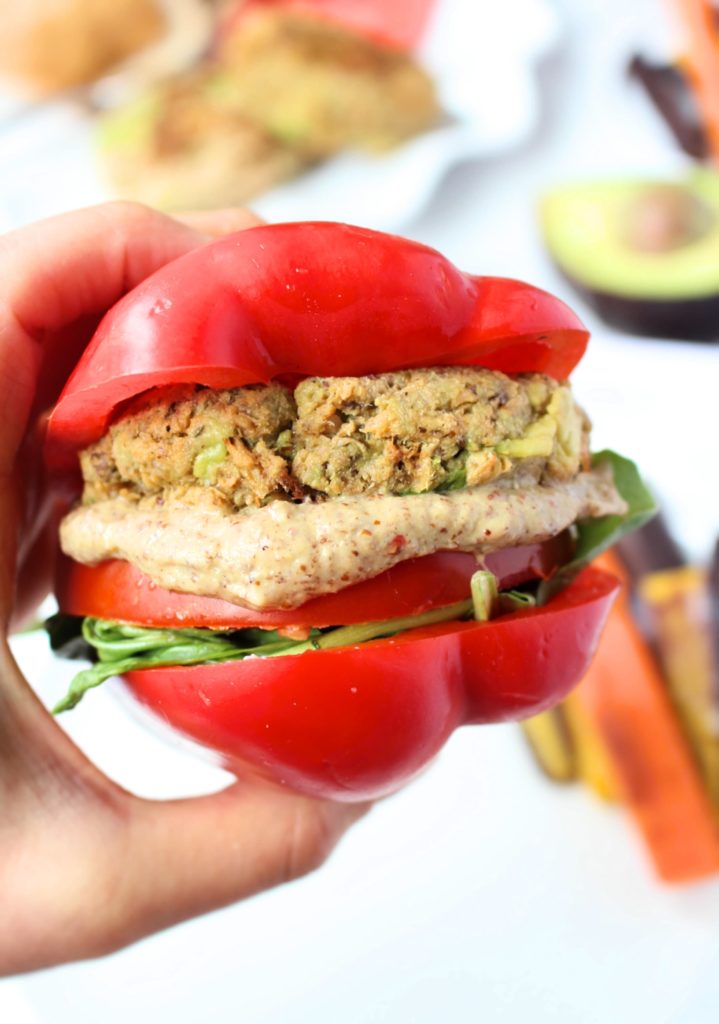
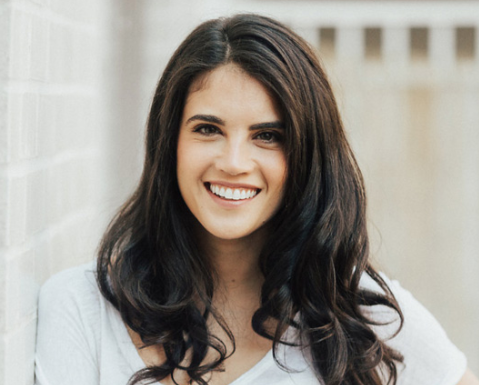 Hi there!
Thanks for stopping by! I'm Chelsey, an online Registered Dietitian, recipe developer, budding photographer, and coffee addict! My mission is to help you feel good through food by answering the question "What should I eat?" Let's make nutrition approachable!
I hope you enjoy my personal collection of simple, healthy, food allergy friendly and nutritiously delicious recipes, plus tips and tons of tricks that will help YOU live a nutritionally-balanced life! I look forward to getting to know you better...
Hi there!
Thanks for stopping by! I'm Chelsey, an online Registered Dietitian, recipe developer, budding photographer, and coffee addict! My mission is to help you feel good through food by answering the question "What should I eat?" Let's make nutrition approachable!
I hope you enjoy my personal collection of simple, healthy, food allergy friendly and nutritiously delicious recipes, plus tips and tons of tricks that will help YOU live a nutritionally-balanced life! I look forward to getting to know you better...







